2015 Honda Fit Vs. 2015 Toyota Yaris

They’re noisy, slow and even a little dorky so why would anybody choose to own a Toyota Yaris or a Honda Fit?
Loads of reasons! If you live in a crowded city, parking and traffic jams are both become exponentially more painful in a big car. Hence the desire for sub-compact cars. Oh, and the price doesn’t hurt either.
Maybe “Dorky” was too Harsh…
First of all, you might disagree with my assertion that these cars look dorky. In fact, the consensus at our office is that neither the Fit nor the Yaris are bad looking products and as sub-compact hatchbacks go, they’re actually pretty good. In both cases, they come with updated styling for the 2015 model year.
Get the Flash Player to see this player.
In the Fit’s case, the fresh look is part of a new generation while the Yaris is really just a cosmetic refresh. And from a styling perspective, I have to say the Yaris takes it for me. Its new front fascia looks aggressive and I really like the alloy wheels.
Unfortunately it isn’t so attractive on the inside. For a while there, Toyota’s marketing campaign for this thing included a slogan that said “Yaris. It’s a car!” They weren’t kidding because it pretty much ends there.
From a fit and finish perspective there’s really nothing wrong with what Toyota does, but it feels painfully basic. The seats are uncomfortable and the interior is plain looking at best.
Meanwhile, the Fit feels more like a shrunken version of larger and more expensive products in Honda’s lineup. While you couldn’t get away with calling anything in the Fit “premium,” it does enough to avoid seeming like downscale transportation.
How Much Can it Haul?
As you can probably guess, the Yaris is in a distant second place for cargo carrying capacity. Toyota doesn’t actually offer an official measurement for overall cargo volume, but take it from me; the Fit is better. Way better.
It offers almost 53 cubic feet of storage space. In other words it can carry more things and stuff than you would ever guess by its body size thanks to two little words: magic seats. By now you might be familiar with Honda’s dual-action folding rear seats but in case you haven’t, they can fold both up and down to offer an especially versatile storage area.
Compare Specs
| Vehicle | 2015 Toyota Yaris | Advantage | 2015 Honda Fit |
|---|---|---|---|
| Engine | 1.5 L Four-Cylinder | - | 1.5 L Four Cylinder |
| Transmission | 5 sp. manual or 4 sp. auto | Fit | 6 sp. manual or CVT |
| Horsepower | 106 HP | Fit | 130 HP |
| Torque | 103 lb-ft. | Fit | 114 lb-ft. |
| Front Headroom | 39.3 inches | Yaris | 38 |
| Rear Headroom | 37.6 inches | – | 37.6 |
| Trunk Space | 15.6 cubic feet | Fit | 16.2 cubic feet |
| Fuel Economy (US) | 30/36/32 City/Highway/Combined | Fit | 33/41/36 |
| Fuel Economy (CDN) | 6.1 L/100 km combined | Yaris | 6.8 L/100 km combined |
| Observed Fuel Economy | 28 MPG | Fit | 30 MPG |
| Starting Price(US) | $16,770 | Fit | $16,470 |
| As Tested Price(US) | $17,645 | Fit | $16,023 |
| Starting Price(CDN) | $21,009 | Fit | $16,180 |
Capacity for the Most Precious Cargo
But for all its cargo room, the Fit has downsides. Headroom in the second row is mediocre at best and the sunroof winds up cramping what’s already a tight space. It has more legroom than the Yaris, but I’ll take slightly cramped knees over a stiff neck any day.
Both of these cars can come with a manual transmission – a five speed for the Yaris or a six for the Fit – but Sami and I are driving the automatic models because frankly, its what most people buy.
Now in the Toyota’s case, you get a four-speed automatic. A four-speed automatic! To be clear, there are several cars with more than double that number of ratios in their stack these days.
Economies of Shale
Does that really matter? I’m not sure yet, but if you buy a Fit, there are no preset ratios at all because for the third generation Honda is switching to a CVT. Neither the automatic nor the CVT lend any sort of driving engagement to their respective vehicles, but at least the Fit is supposed to get an average 36 MPG.
I say supposed to because we actually averaged 30 MPG in mixed driving. That’s less than advertised, but it’s also still better than the Yaris at 28 MPG on the same route.
Truthfully, you can’t really judge how cars like this perform with the same measuring stick that you would a sports car. Different tools for different tasks. Instead, it’s all about maneuverability in small spaces and that’s where these things shine.
Hard Knock Life of a City Car
The Fit is definitely more fun to drive, but that’s only one part of the picture. Interestingly, the Yaris in its base form has a tighter turning radius than the Fit, but that changes with the larger allow wheels my car has. Still I find that the Yaris is easier to see out of.
And that’s good because you’re flying without any rear-view cameras or modern parking aids. The Fit has a rear-view camera, heated seats with available leather and something you’ve heard us croon about quite a few times in the past: LaneWatch. Basically it takes a camera on the right side view mirror and offers a wider view of what the mirror would show you via the infotainment screen.
Then there’s the flexibility of being able to access navigation powered by a smartphone. The fact of the matter is that the Fit is loaded with features and the Yaris just… isn’t. Then there’s one more “feature” if you can call it that” crash performance. The new Fit scored and “acceptable” rating on the IIHS small overlap test compared to a “marginal” rating for the Yaris, which is enough to prevent it from having a Top Safety Pick rating.
The Verdict:
The Fit is more fun to drive, it gets better fuel economy and comes with a bevy of better features than the Yaris. It’s slightly more affordable at the base level and its also just more enjoyable to be in. There’s no question that between the two, we would pick the Fit.
2015 Honda Fit, 2015 Toyota Yaris
LOVE IT
- LaneWatch is awesome
- Versatile cargo area
- Handling
- IIHS crash rating
- Better rear seats than the Fit
LEAVE IT
- Still feels like a sub-compact
- NVH
- Outdated powertrain
- Large turning circle w/ alloy wheels

Luke is an energetic automotive journalist who spends his time covering industry news and crawling the internet for the latest breaking story. When he isn't in the office, Luke can be found obsessively browsing used car listings, drinking scotch at his favorite bar and dreaming of what to drive next, though the list grows a lot faster than his bank account. He's always on <A title="@lukevandezande on Twitter" href="http://twitter.com/lukevandezande">Twitter</A> looking for a good car conversation. Find Luke on <A title="@lukevandezande on Twitter" href="http://twitter.com/lukevandezande">Twitter</A> and <A title="Luke on Google+" href="http://plus.google.com/112531385961538774338?rel=author">Google+</A>.
More by Luke Vandezande























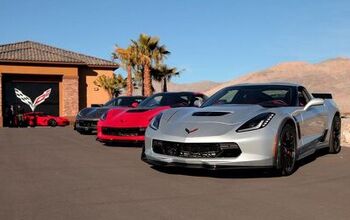


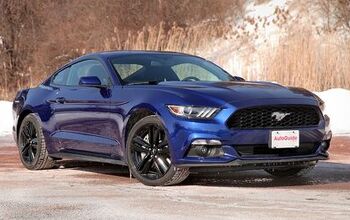



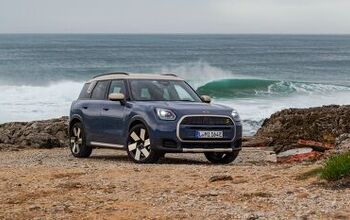
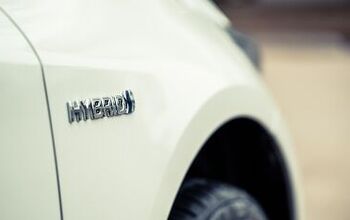
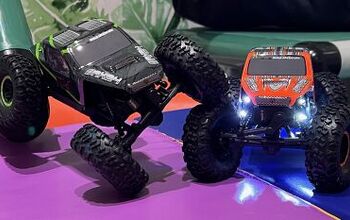

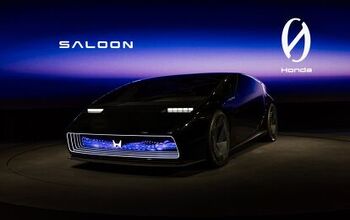
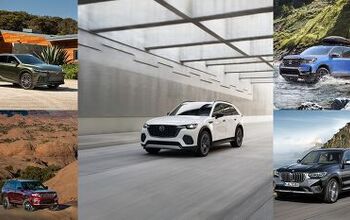
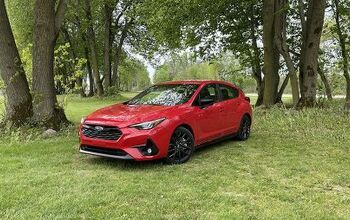

Comments
Join the conversation
With the amount of competition these cars have (better and bigger cars for the same money), the only reason you should buy any of the two, is if you only need it to run around town. Still, I would pick the Fit for many reasons, some being gas mileage (although still disappointing), cargo, and quality/attention to detail. Toyota continues to squeeze the day light out of older technology, and charges more for it than Honda's newer products...?
Honestly, while I like both cars for their intended use as getting around town and other local chores it is unlikely I'll buy either because of too many gadgets. For instance my hands are strong enough to roll down the windows, I will not break my fingernail doing so and as such I don't want to pay for power windows and there is no charge don't cut it for me for that extra is included in the price, just not itemized...